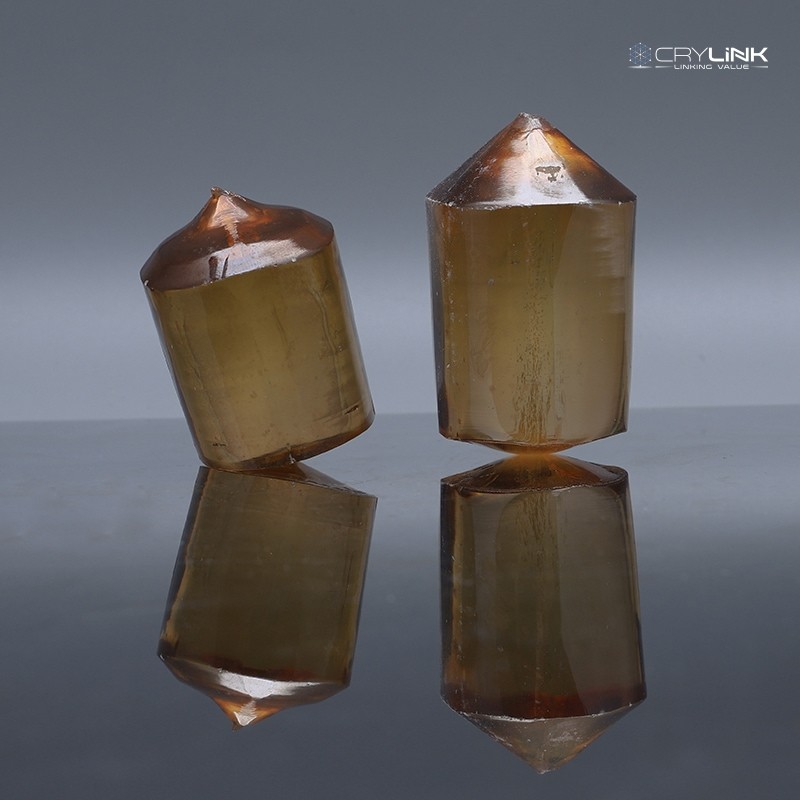

The contribution of either Sm²⁺ or Sm³⁺ emission lines into the emission spectra heavily depended on the excitation energy, and strong f-f transitions of both Sm²⁺ and Sm³⁺ were detected. Both, Sm²⁺ and Sm³⁺ luminescence centers have been examined and distinguished in the emission and the excitation spectra investigated under synchrotron radiation. Herein, we report luminescence and its vacuum ultraviolet (VUV) excitation spectra in samarium doped SrB4O7. Sm²⁺ and Sm³⁺ co-doped SrB4O7 could be utilized in several high-level optical devices and fundamental knowledge about the optical behavior of these materials benefits the development of luminescent applications. The role of intrinsic defects in MEE processes in the co-doped GGAG:Ce single crystals was elucidated. It was obtained that GGAG:Ce single crystals having different co-dopant ions reveal distinguished efficiency of MEE. Special attention was paid to the analysis of Ce 3+ excitation spectra in VUV spectral range (4.5-45 eV) where multiplication of electronic excitation (MEE) processes occur. The influence of the co-dopant ions on the excitonic transitions as well as on the intrinsic defects in GGAG was revealed examining the luminescence emission and excitation spectra of both Gd 3+ and Ce 3+ ions in all single crystal studied.

Synchrotron radiation from the undulator beam was utilized for the luminescence excitation in the energy range from 4.5 to 800 eV. It is also shown that surface loss processes are the reason of the degradation of energy transfer efficiency from the host lattice to Eu³⁺ under high-energy excitations in vacuum ultraviolet spectral range.Ĭerium doped Gd 3 Ga 3 Al 2 O 12 (GGAG) single crystals as well as GGAG:Ce single crystals co-doped by divalent (Mg 2+, Ca 2+), trivalent (Sc 3+) or tetravalent (Zr 4+, Ti 4+) ions have been studied by means of the excita-tion luminescence spectroscopy in vacuum ultraviolet spectral range. It is demonstrated that the Eu³⁺ luminescence recovery is achieved at the expense of the suppression of the intrinsic emission but not due to the passivation of surface loss centers in core-shelled nanocrystals. A YF3 core-shell layer around YVO4:Eu nanoparticles partially recovers the intensity of the Eu³⁺ emission. The results show noticeable differences between bulk and nanocrystalline YVO4:Eu in photoluminescence experimental data, which explains by influence of the nanocrystal surface. Nanocrystalline YVO4:Eu samples – both as-prepared and YF3 core-shelled – have been synthesized by means of a microwave-assisted synthesis in ionic liquids, which allows to obtain 10–12 nm nanoparticles with high crystallinity. Comparative analysis of bulk, non-coated and core-shelled nanocrystalline YVO4:Eu was performed by means of time-resolved luminescence and VUV excitation luminescence spectroscopy techniques.


 0 kommentar(er)
0 kommentar(er)
